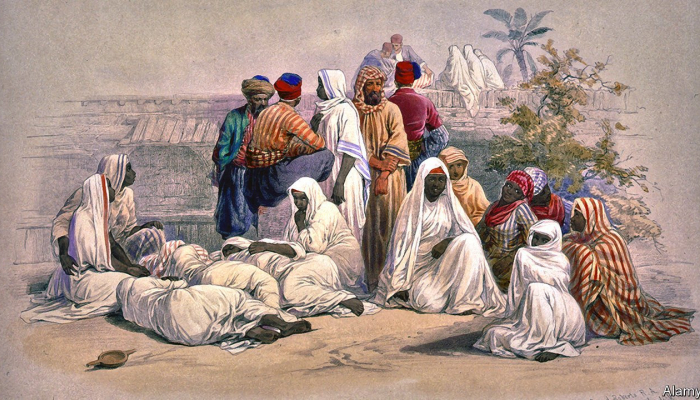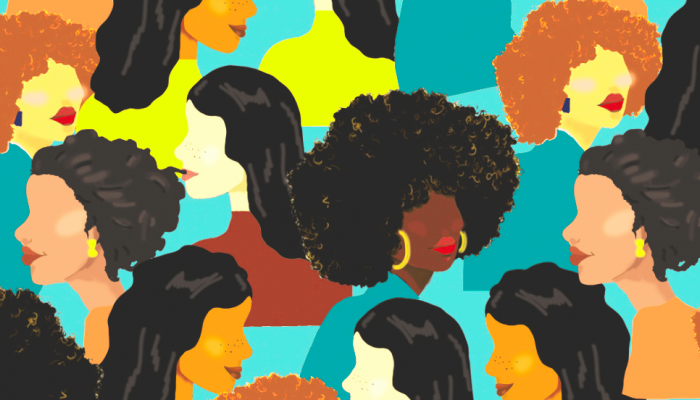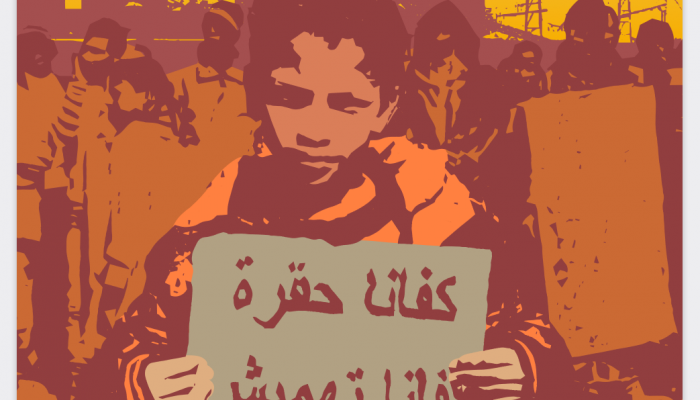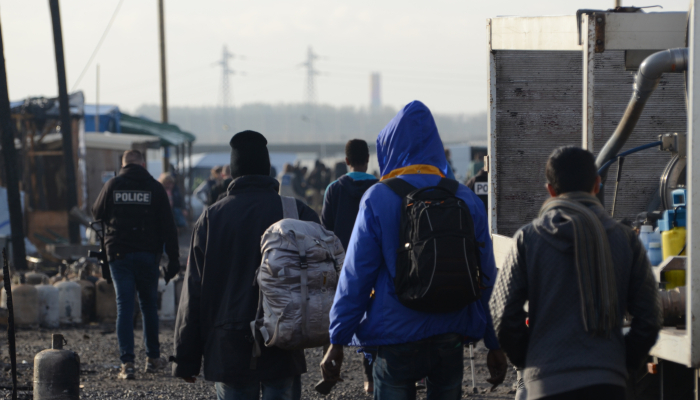Racial discrimination is, undoubtedly, both a timely and timeless topic. With regards to the conversation and protests initiated by the increasing levels of violence operated on black bodies in the West, this project aims to analyze the dynamics of racism in a non-western context, precisely the Maghreb. It consists of a series of interviews and analysis papers on four themes pertaining to the dynamics of racism in the region.
Theme I
The intersection of race and gender.
In the Maghreb, racism is often treated as a “gender-neutral” issue, yet racialized women evolve in highly patriarchal societies, rendering their experiences different from their male counterparts. In parallel, the post-independence institutional hegemonic identity constructions in the Maghreb resulted in what has been qualified as State feminism, promoting an ideal female image, black Maghrebi women falling between the cracks of this ideal. This theme will explore the way the racism/patriarchy “double jeopardy” is experienced by black Maghrebi women.
Theme II
Heritage: Between slavery and colonialism.
The perception of blackness as “otherness” and “inferiority” in the Maghreb, as well as the denial of africanity – the African component of the Maghrebi identity in contrast to Mediterranean, Arab or Berber – can only be understood through a dual analysis of the legacy of colonialism and the impact of Islamic slaveries.
Theme III
Environmental racism, climate injustice and politics of redistribution.
The interbedding of race, socio-economic precarity and environmental injustice is a crucial, yet underdiscussed theme. Black Maghrebi communities are mainly located in disadvantaged regions, suffering from water scarcity, pollution, extractivist industries, exposure to diseases, etc.
Theme IV
Sub-Saharan African migration in the Maghreb.
This category of migrants, asylum-seekers included, is the most precarious and the less protected in the region. On an institutional level, Sub-Saharan Africans are disproportionately represented amongst irregular migrants, legally prevented from regular residence, seeking protection and access to the regular labor market. On a social level, anti-black verbal and physical violence based is common and often, unsanctioned.




